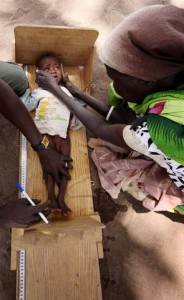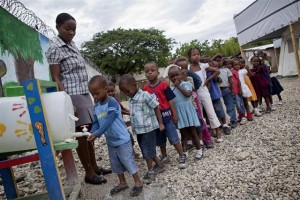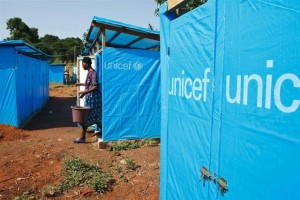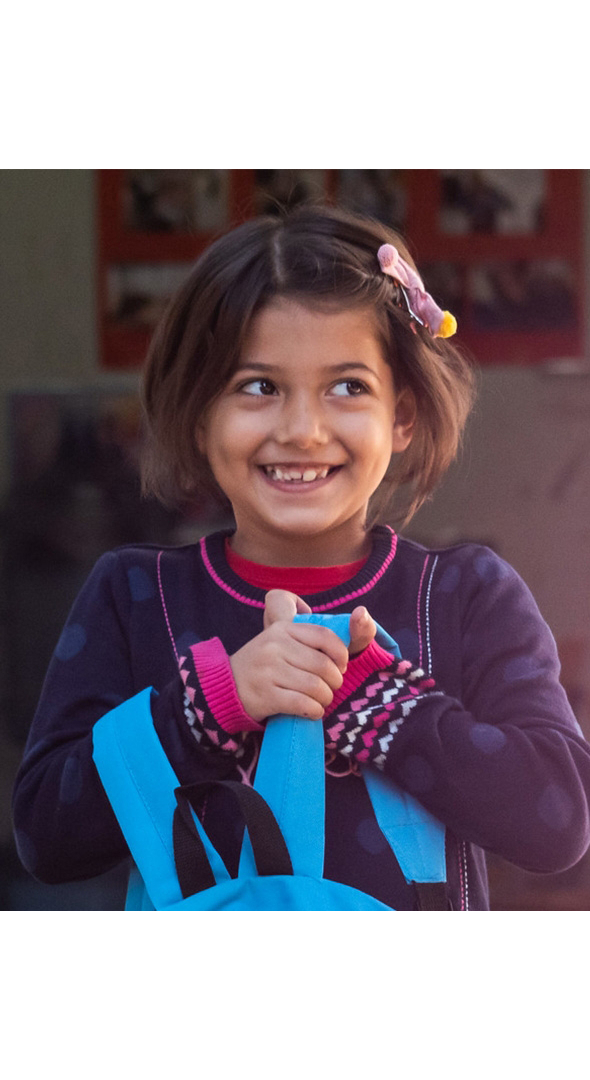United Nations MDG Report 2011: The most vulnerable children are left behind
2011-07-07

NEW YORK/ GENEVA/ HONG KONG, 7 July 2011 – Significant strides towards achieving the Millennium Development Goals (MDGs) have been made, yet reaching all the goals by the 2015 deadline remains challenging because the world’s poorest are being left behind, the United Nations MDG Report 2011 says.
The MDGs can only be achieved if all children, regardless of their gender, ethnicity, geographical location and household income, benefit from progress. The report shows however that the world’s poorest children are being left out.
While the number of deaths of children under the age of five declined from 12.4 million in 1990 to 8.1 million in 2009,the poorest children have made the slowest progress in terms of improved nutrition and survival.
In 2009, nearly a quarter of children in the developing world were underweight, with the poorest children most affected. Children from the poorest households in the developing world have more than twice the risk of dying before their fifth birthday as children in the richest households.
Some of the poorest countries have made the greatest strides in education. For example, Burundi, Madagascar, Rwanda, Samoa, Sao Tome and Principe, Togo and Tanzania have achieved or are nearing the goal of universal primary education.
Whether a child has the opportunity to go to school depends, however, largely on their individual circumstances. The report finds that being poor, female or living in a conflict zone increases the probability that a child will be out of school. Worldwide, among children of primary school age not enrolled in school, 42 per cent – 28 million – live in poor countries affected by conflict.
An estimated 1.1 billion people in urban areas and 723 million people in rural areas gained access to an improved drinking water source over the period 1990-2008. Progress, however, has been uneven, the report notes. Despite major improvements, large gaps remain between and within countries, and efforts need to be intensified to achieve equitable access.


Advances in sanitation, the report says, often bypass the poor and those living in rural areas More than 2.6 billion people still lack access to toilets or other forms of improved sanitation. And where progress has occurred, it has largely skipped the poor. In Southern Asia, for instance, sanitation coverage for the poorest 40 per cent of households has hardly increased between 1995 and 2008.
First agreed at the UN Millennium Summit in September 2000, the 8 MDGs set worldwide objectives for reducing extreme poverty and hunger, improving health and education, empowering women and ensuring environmental sustainability by 2015.
Download full version of UN MDG Report 2011








